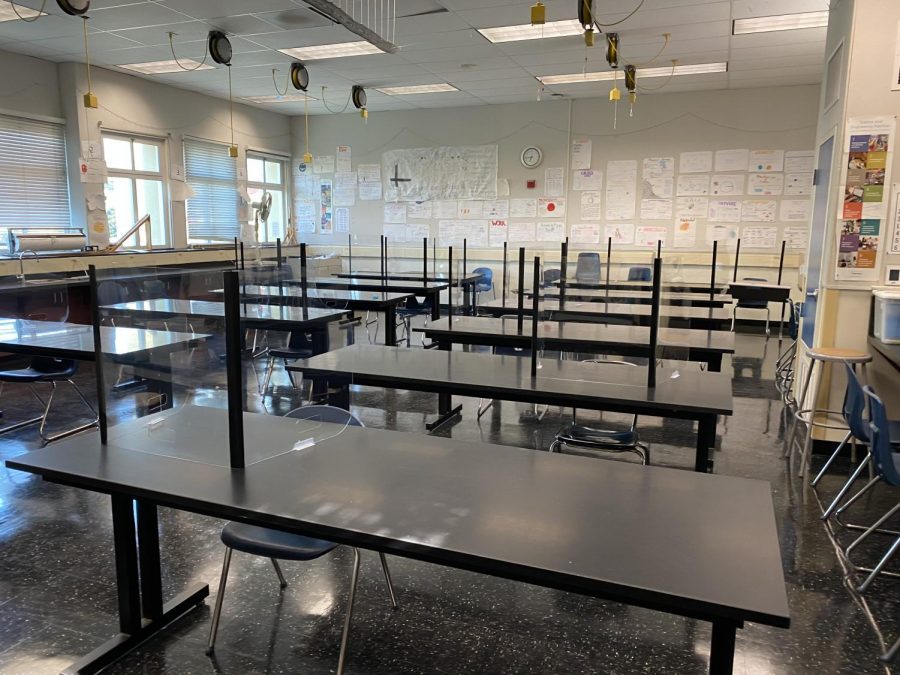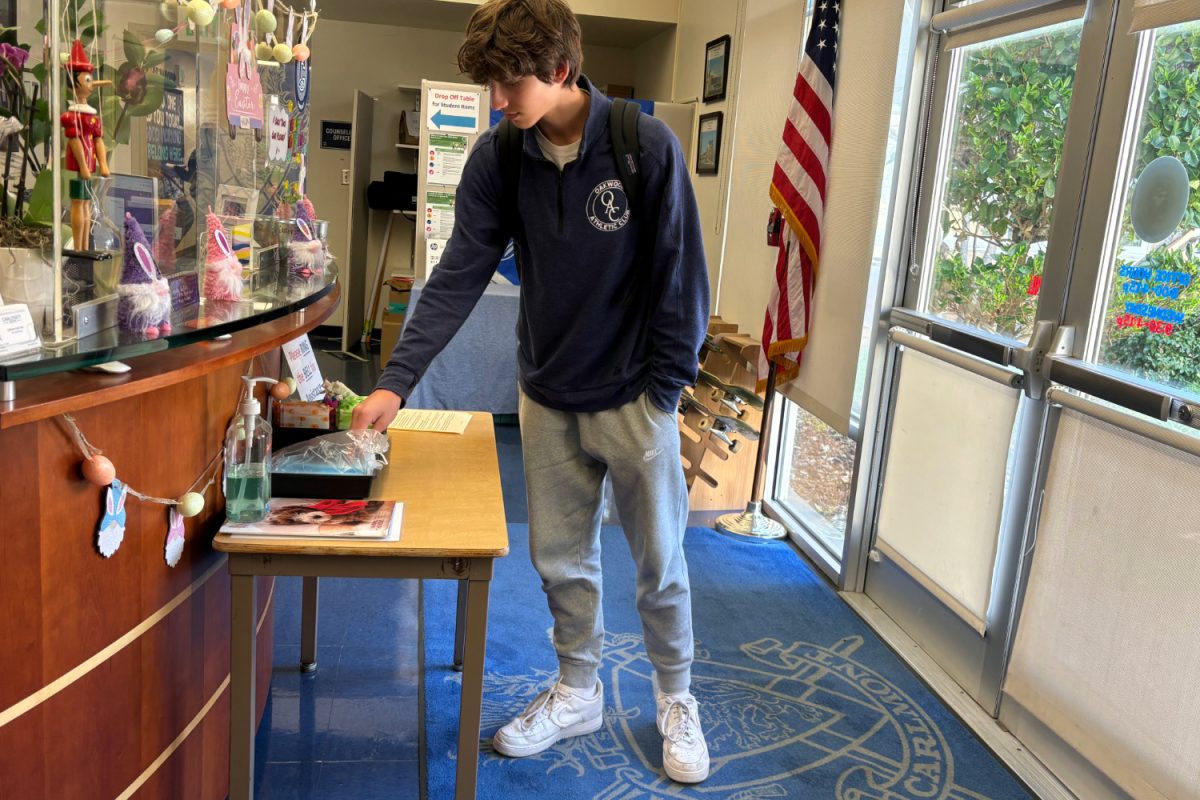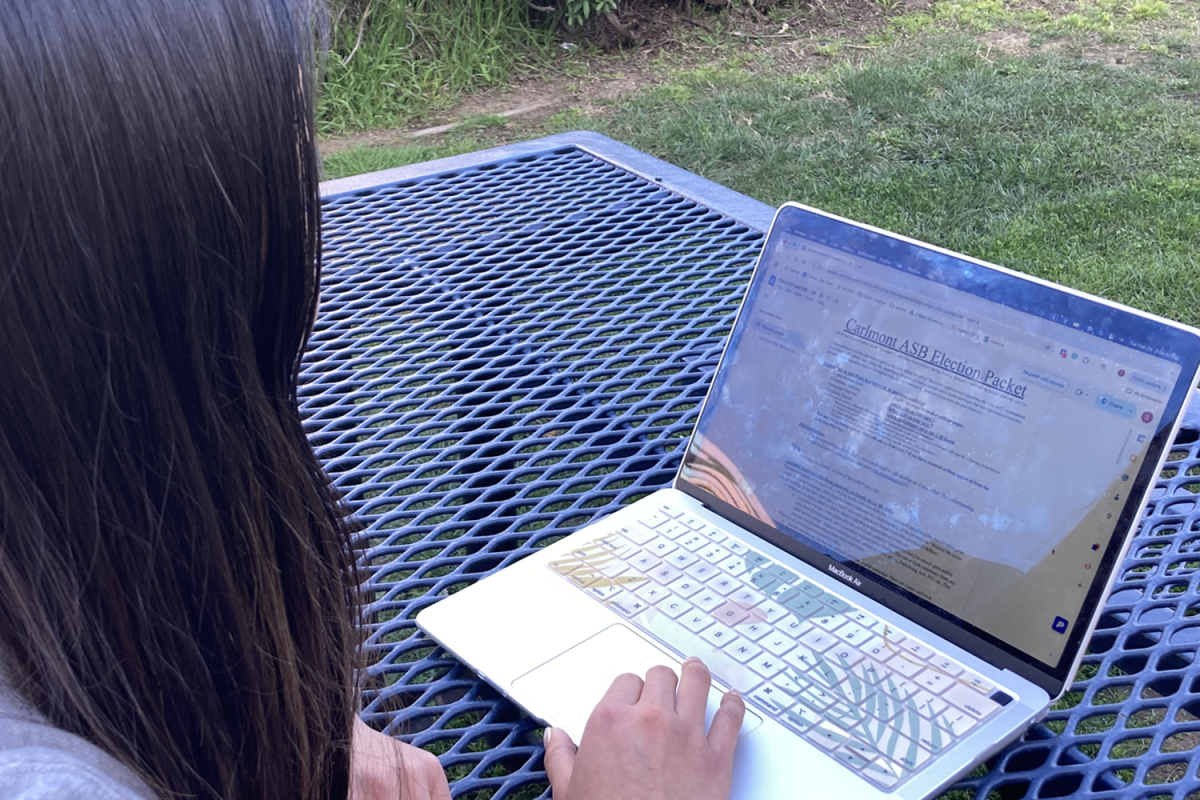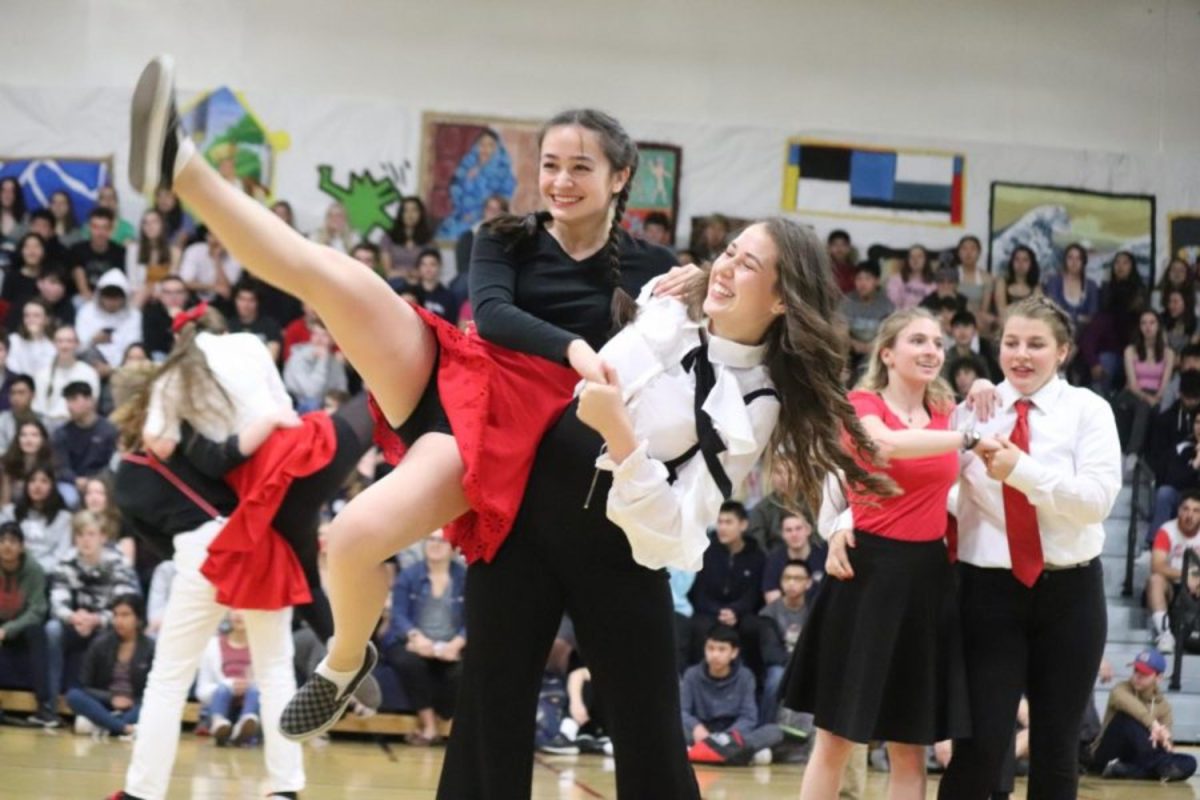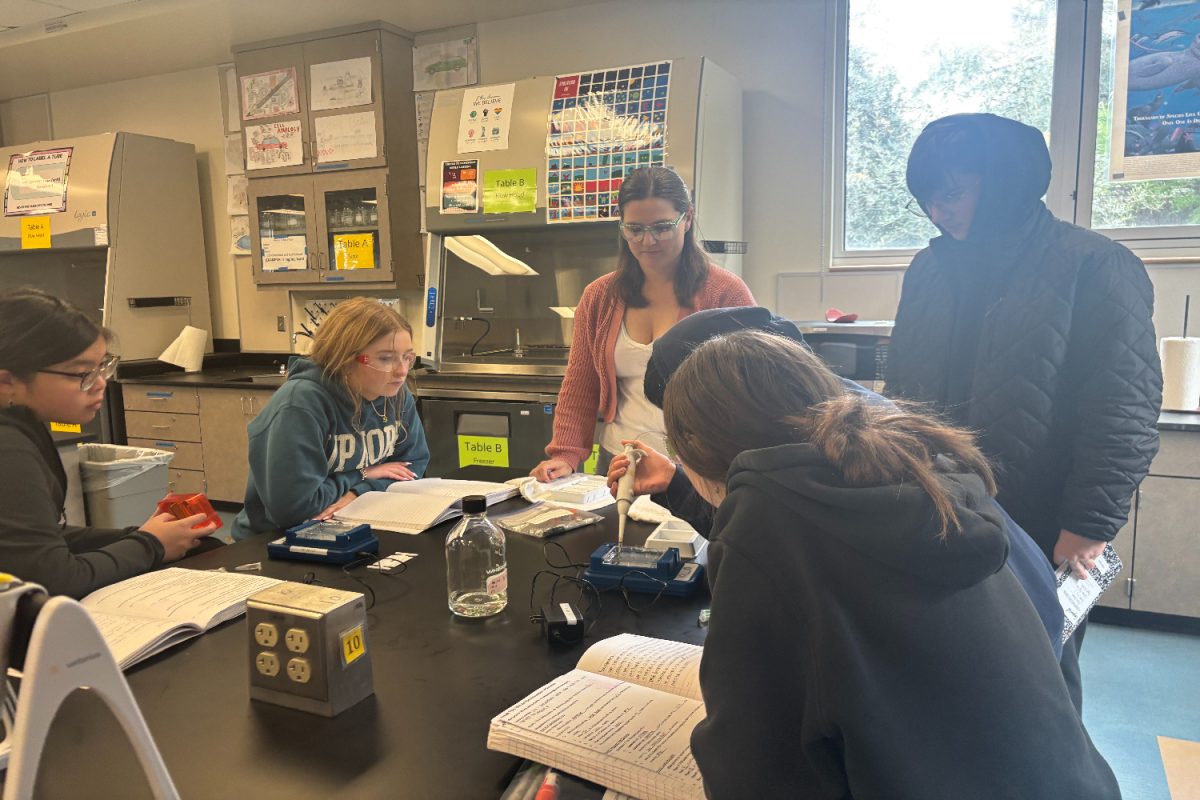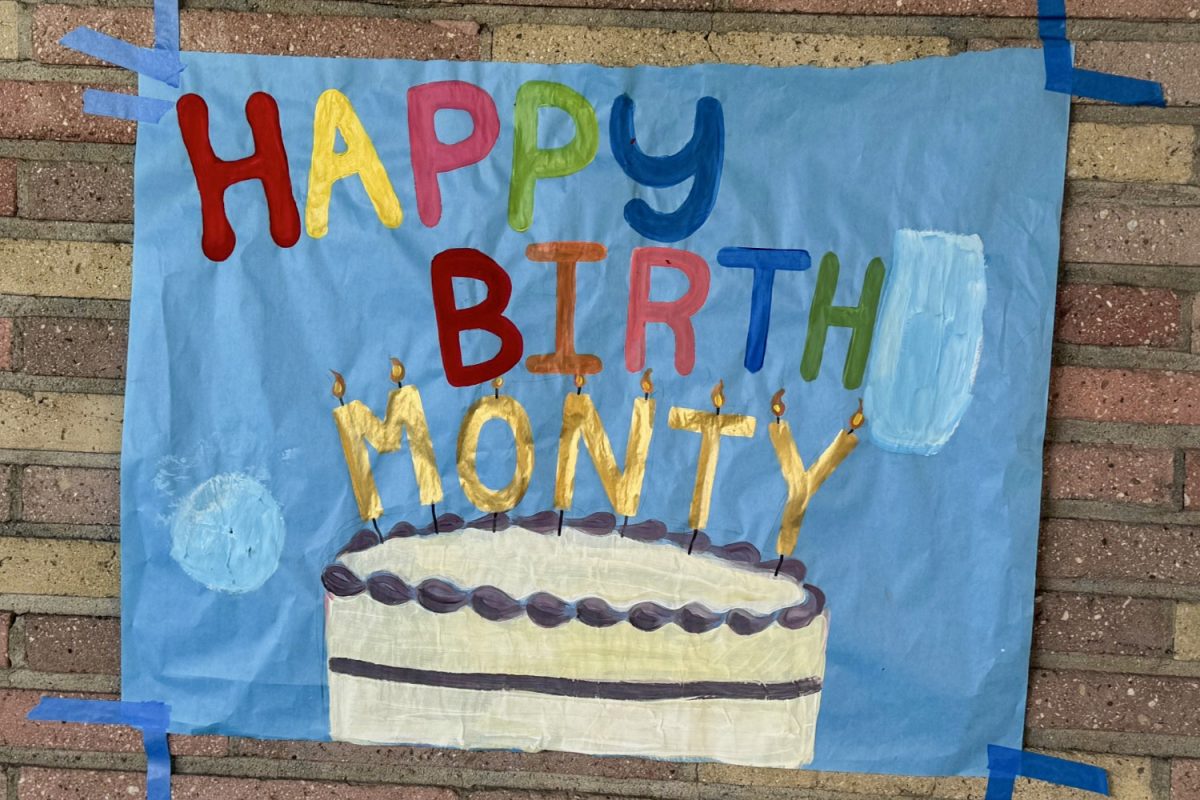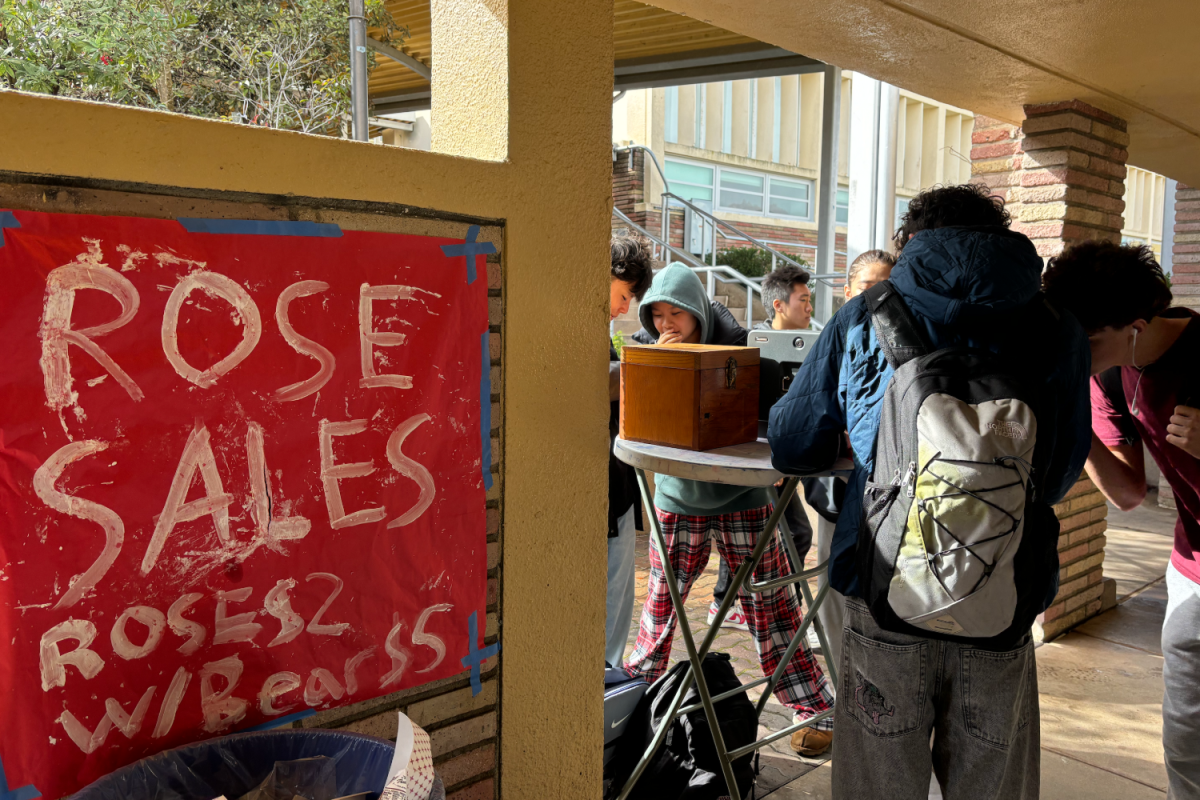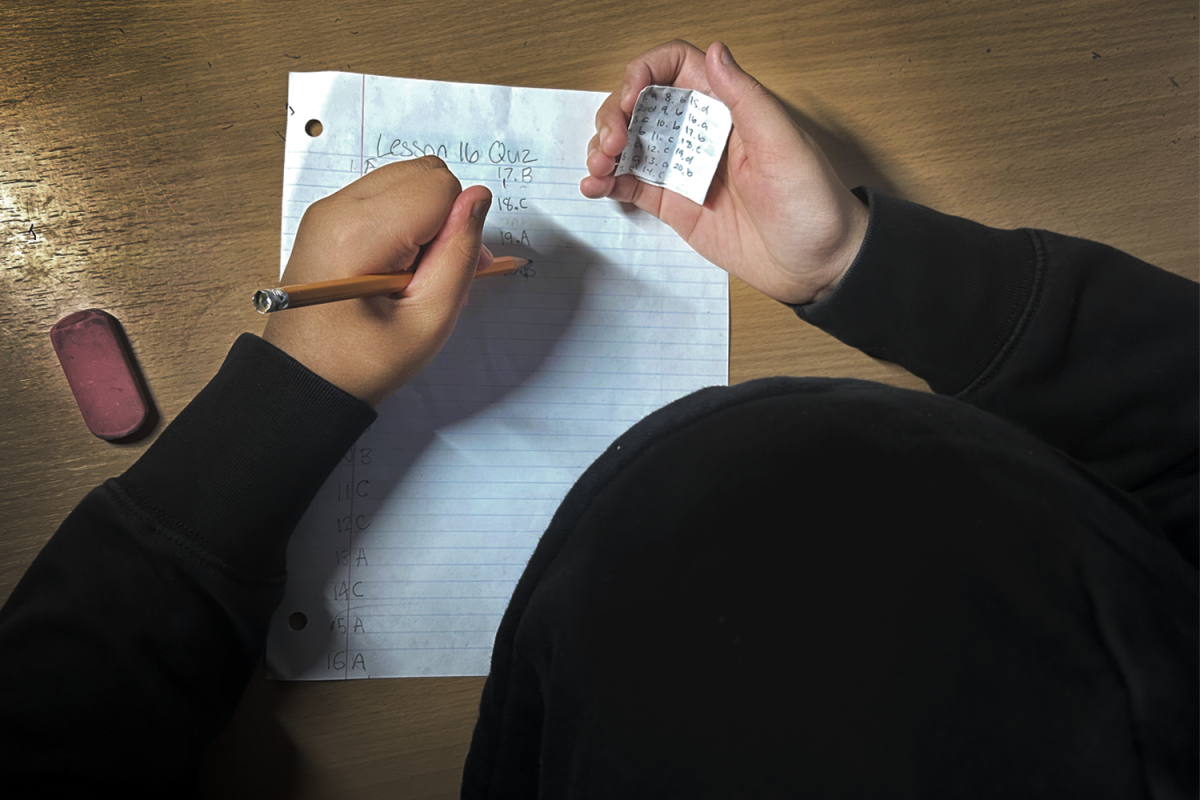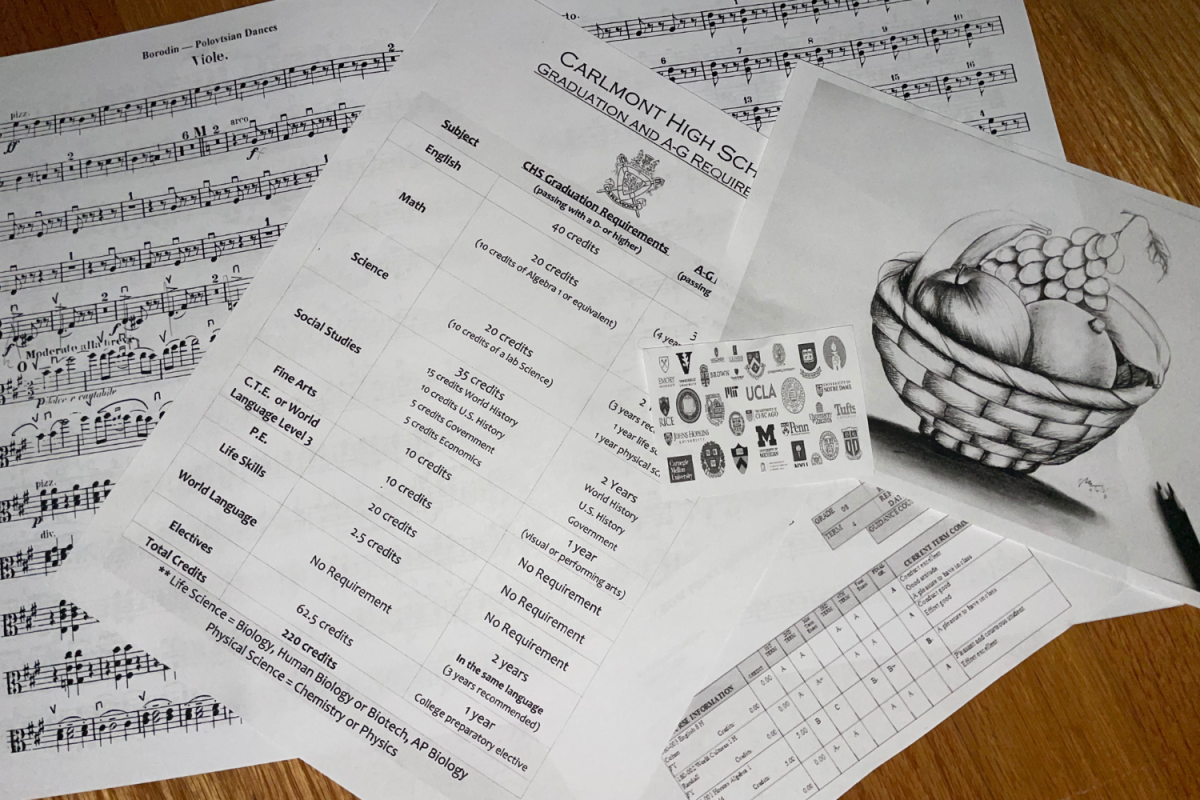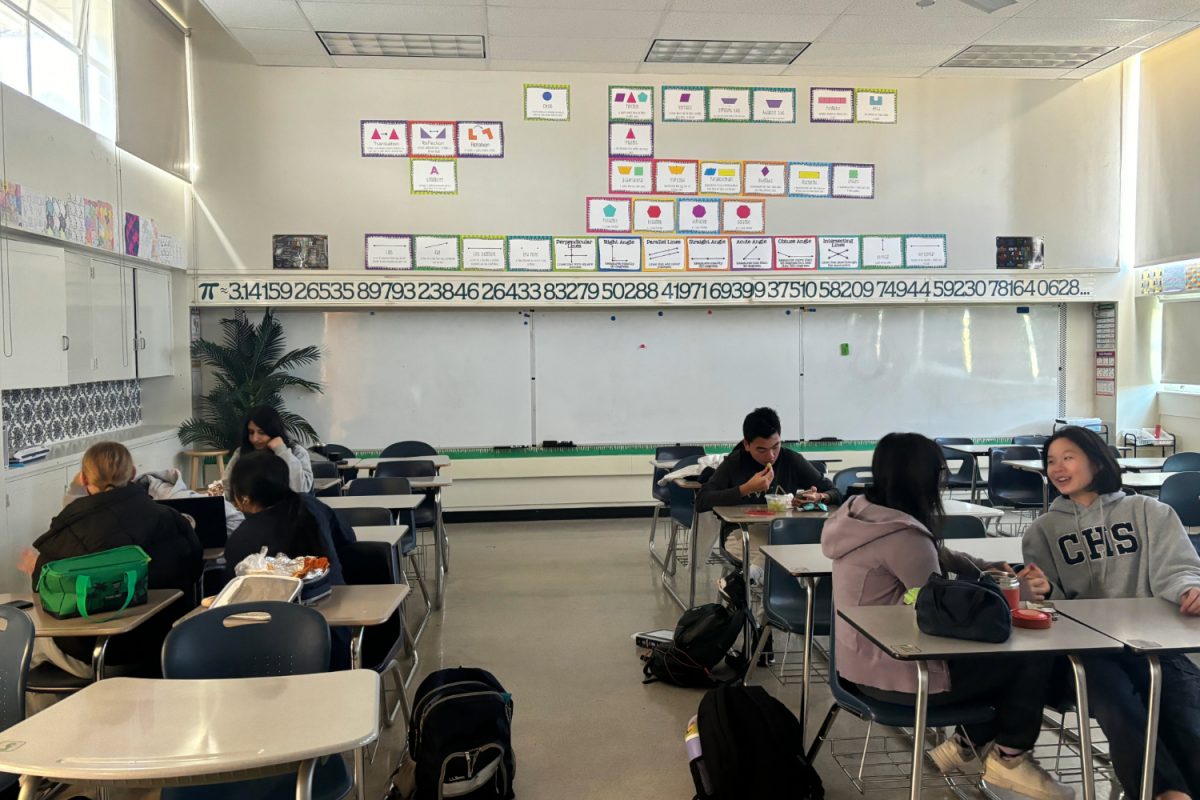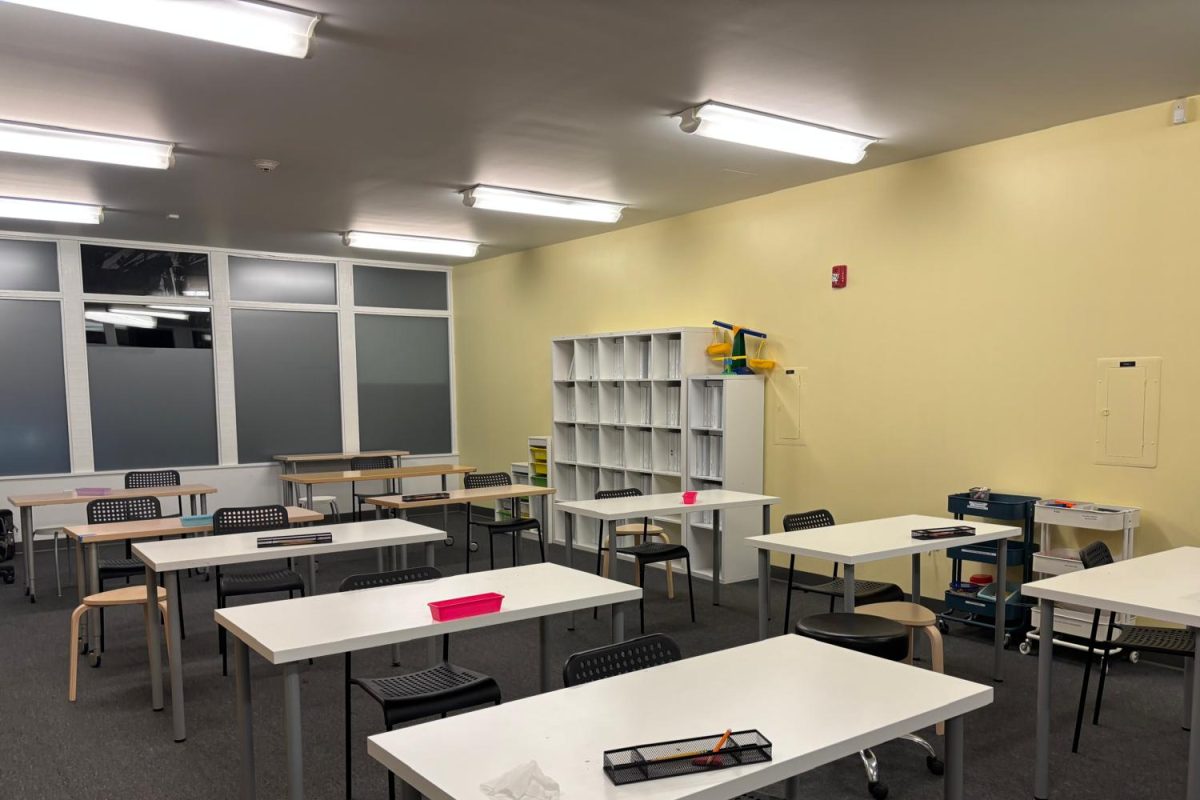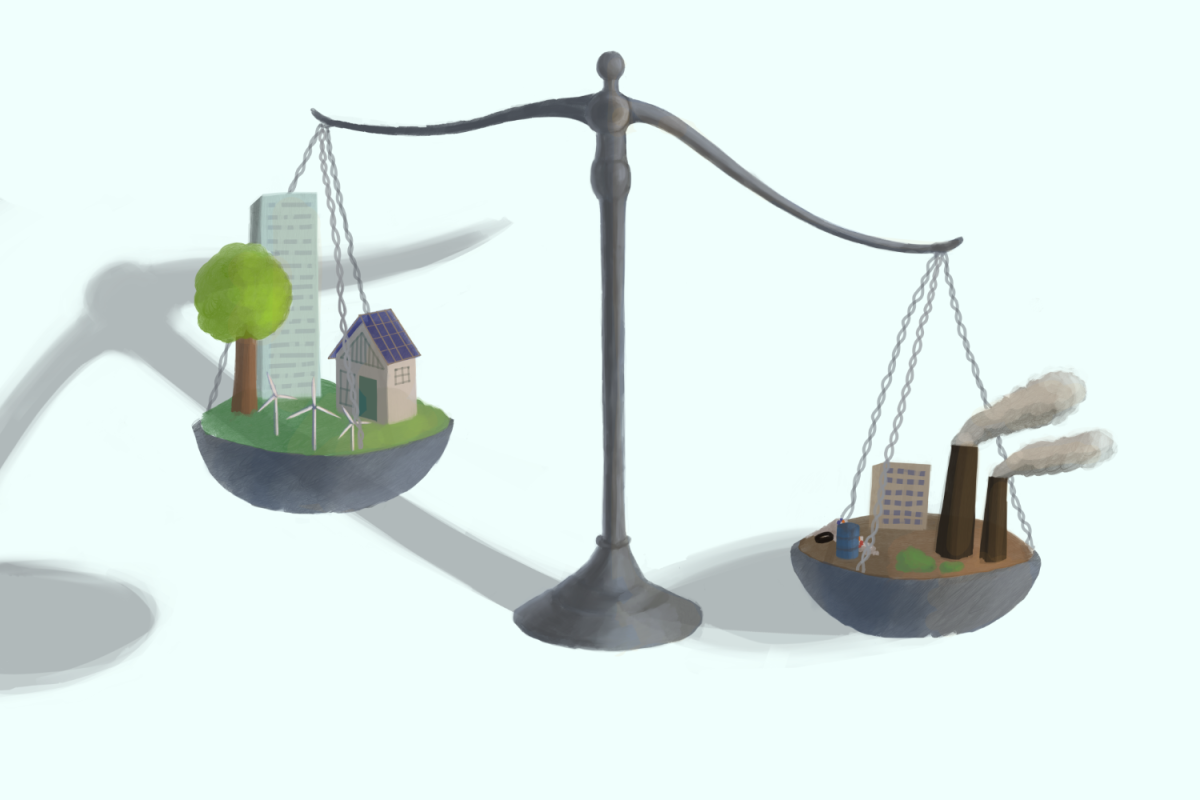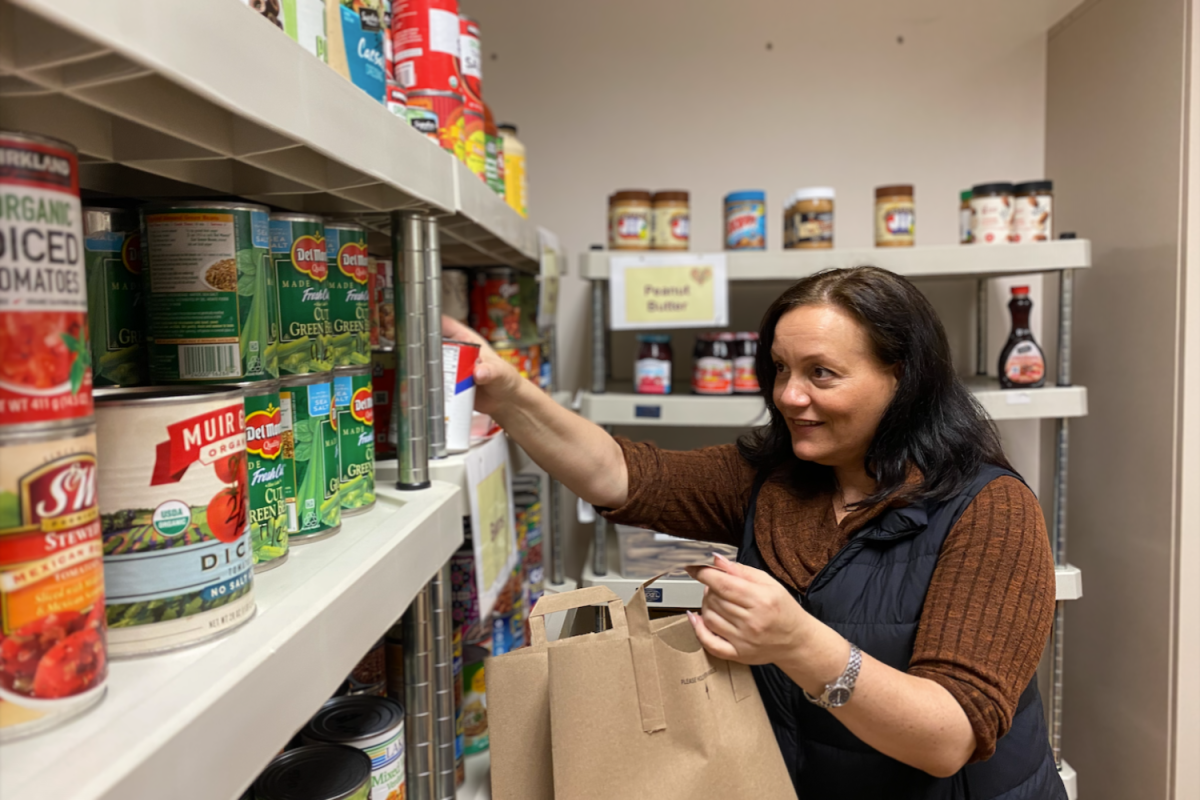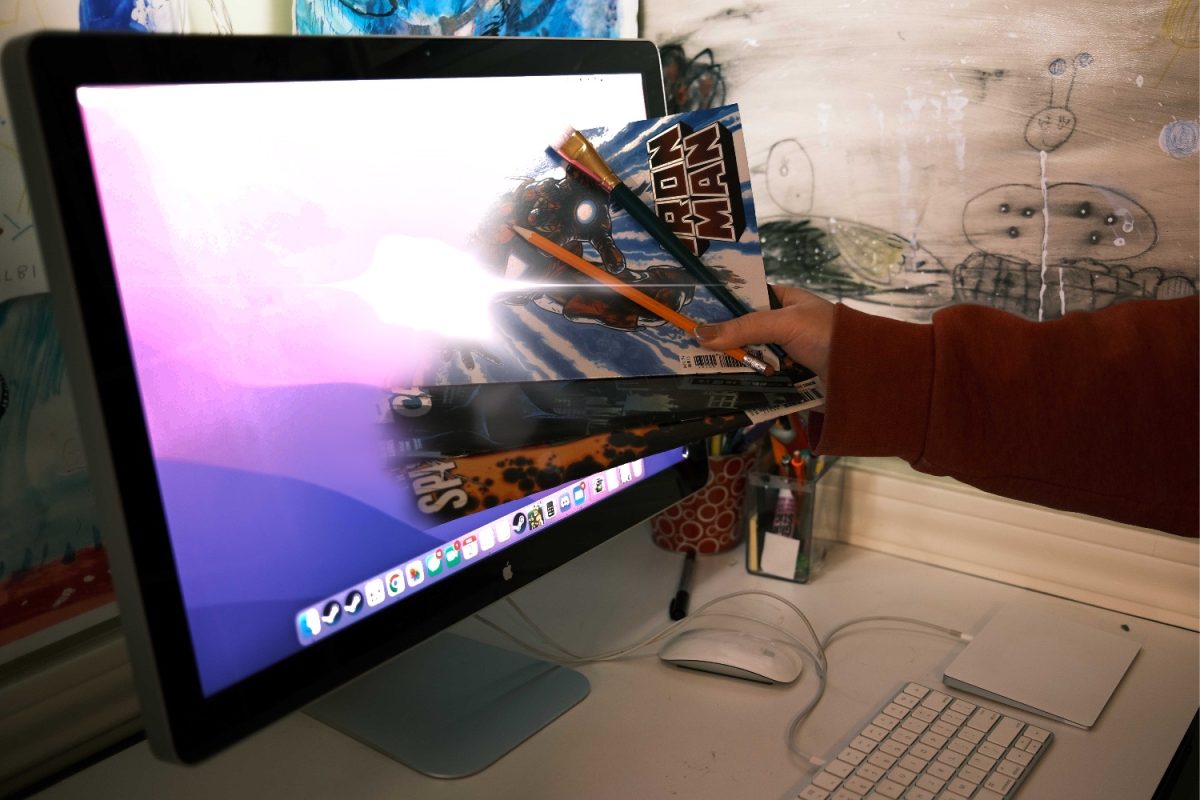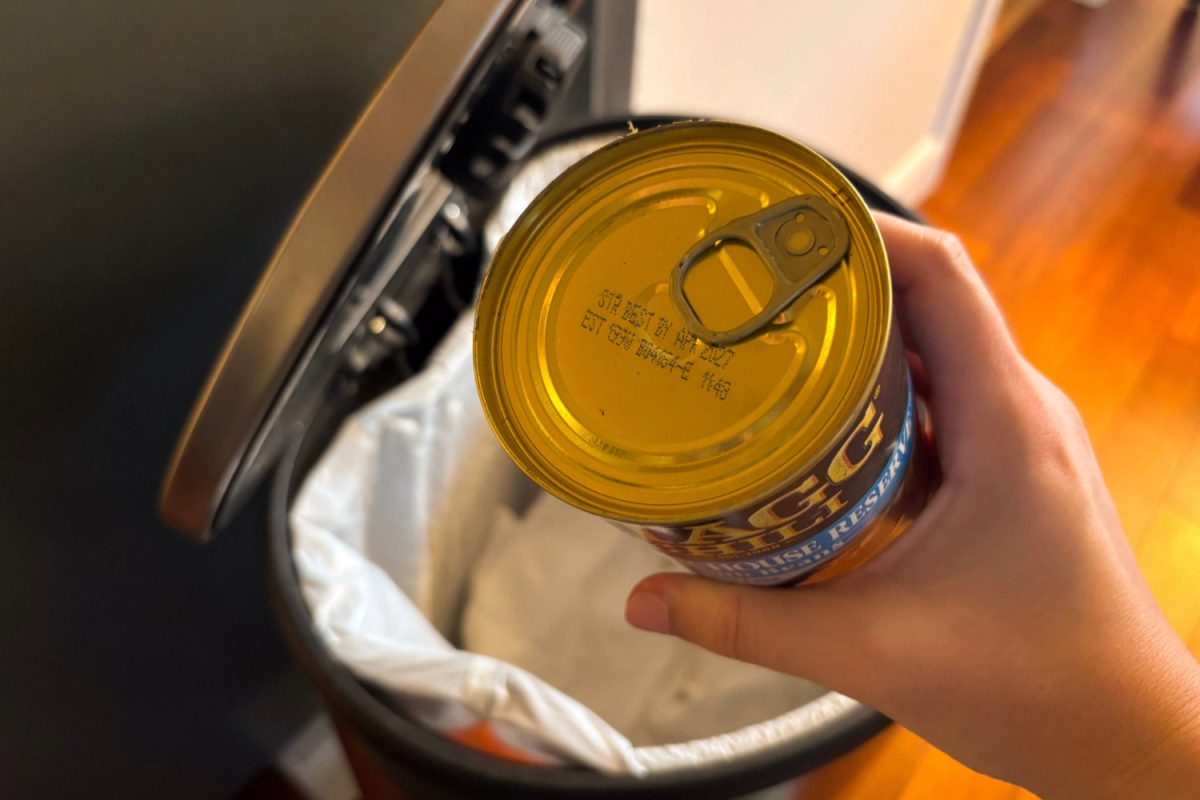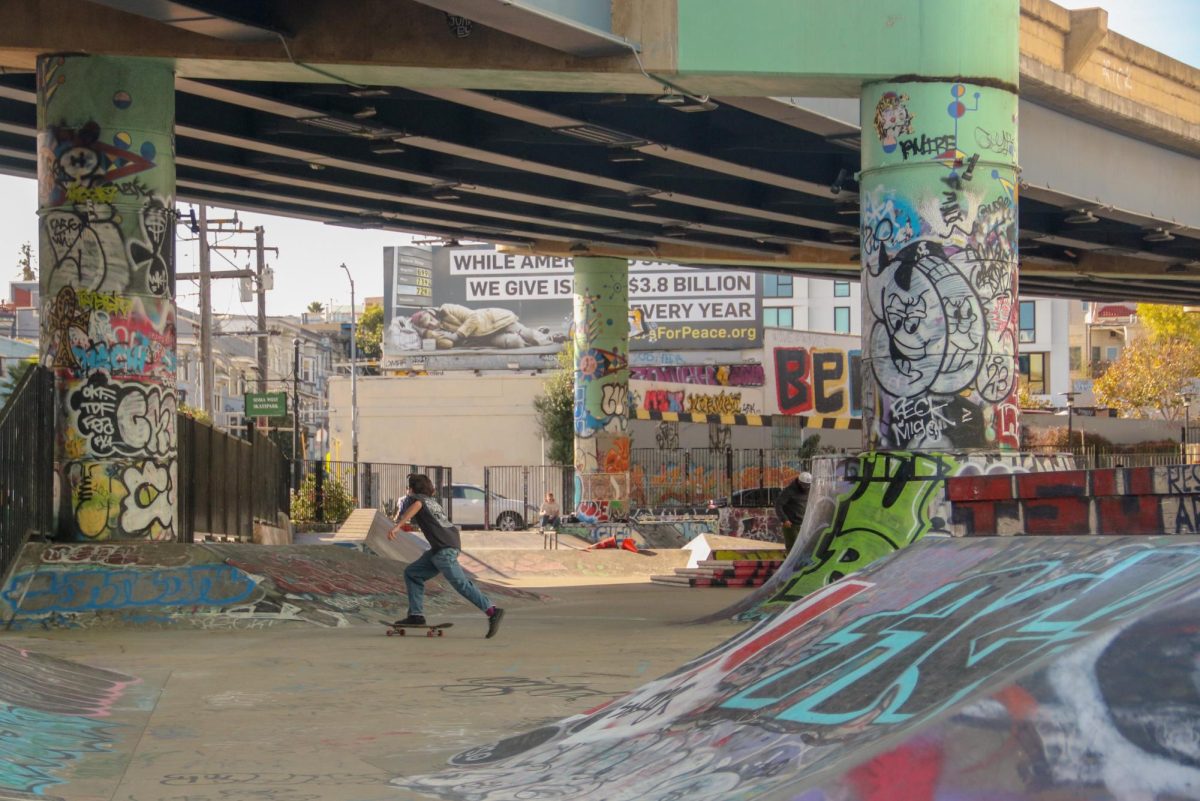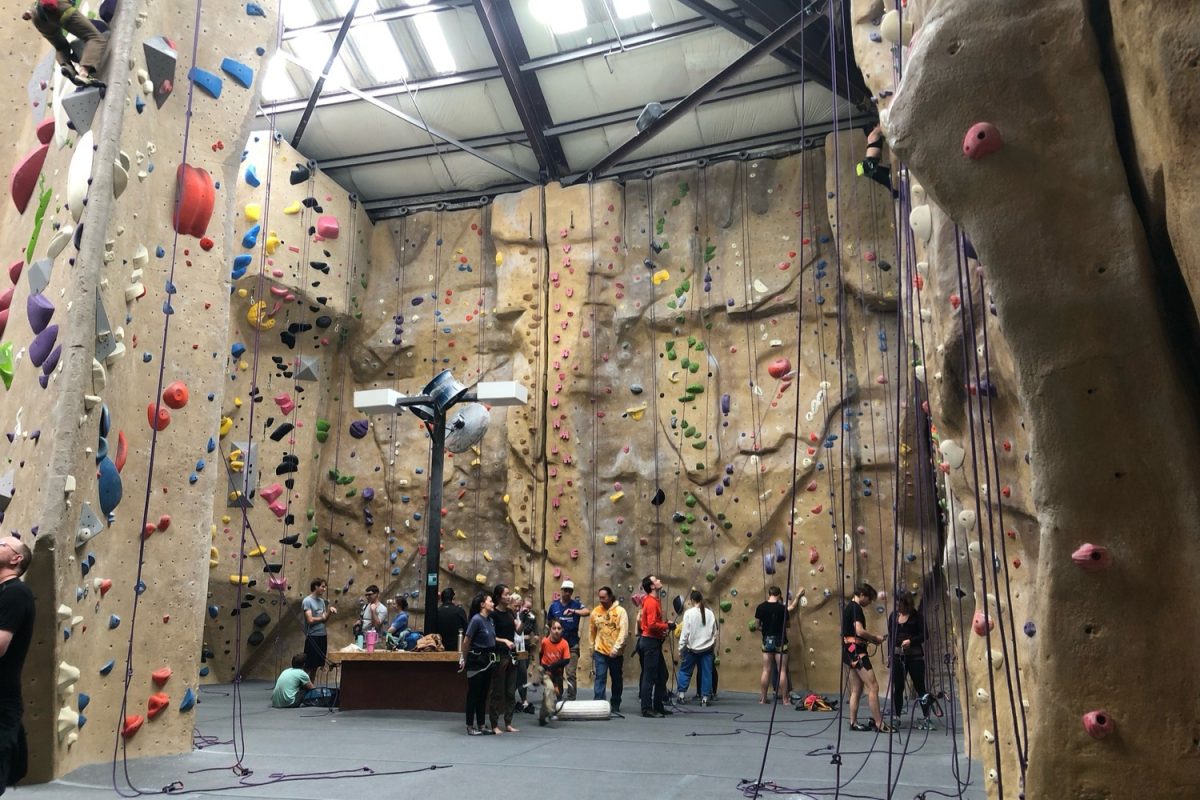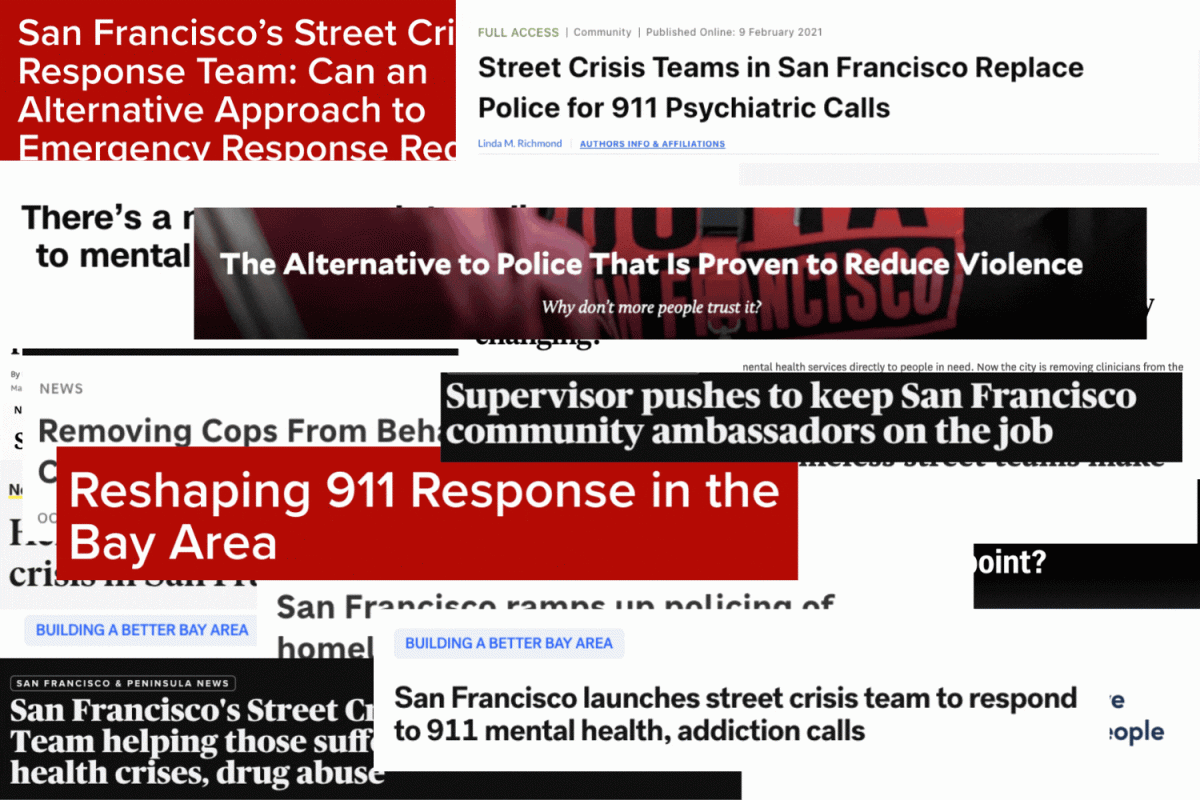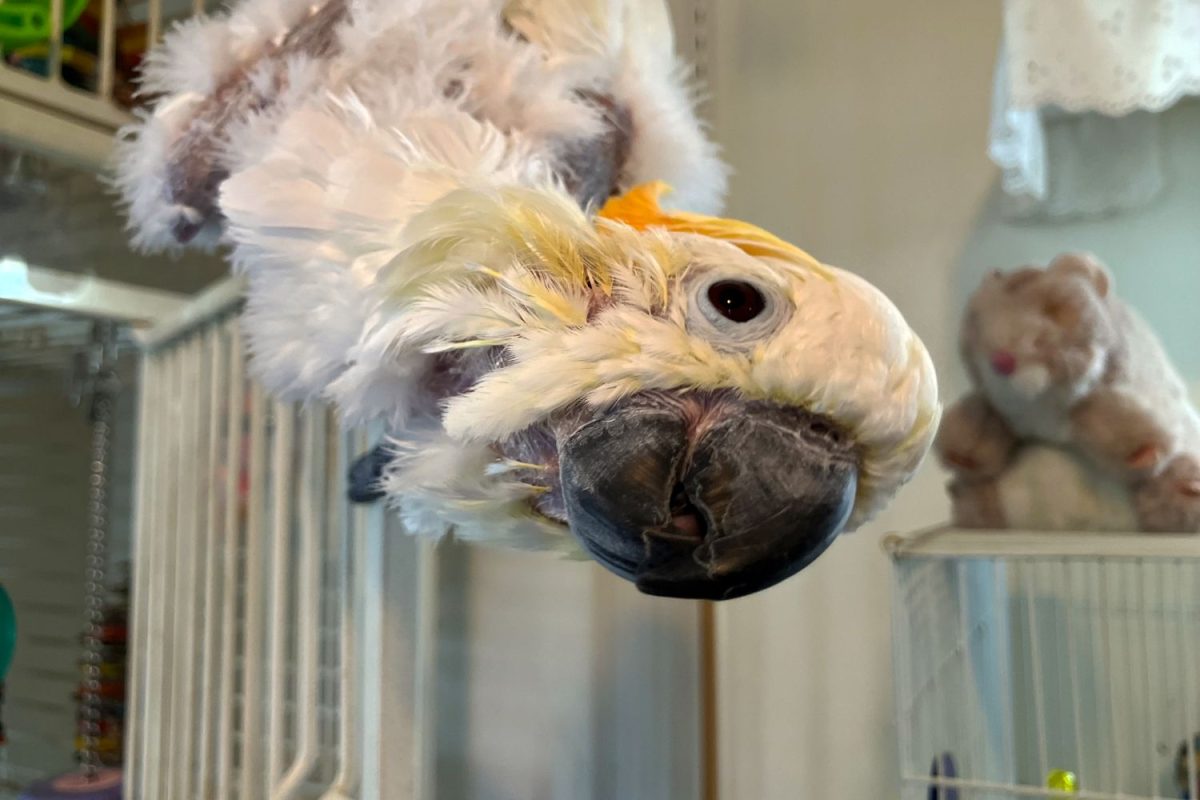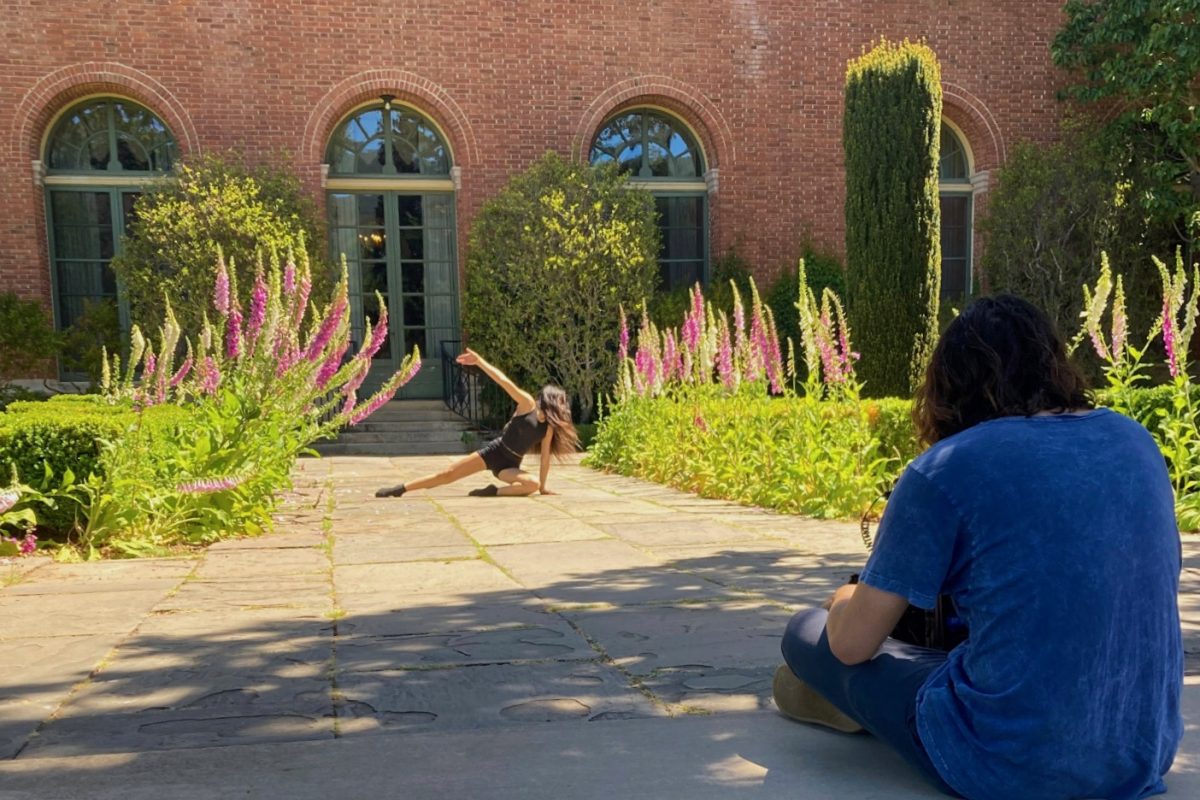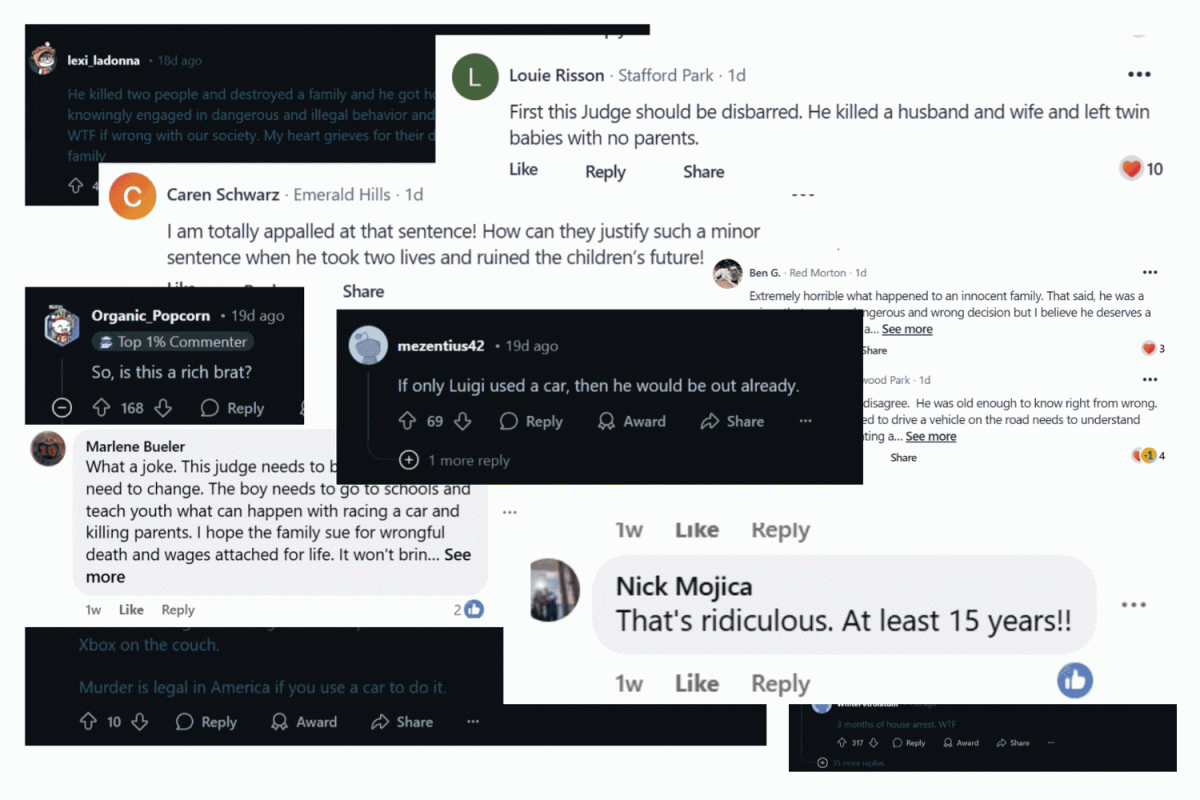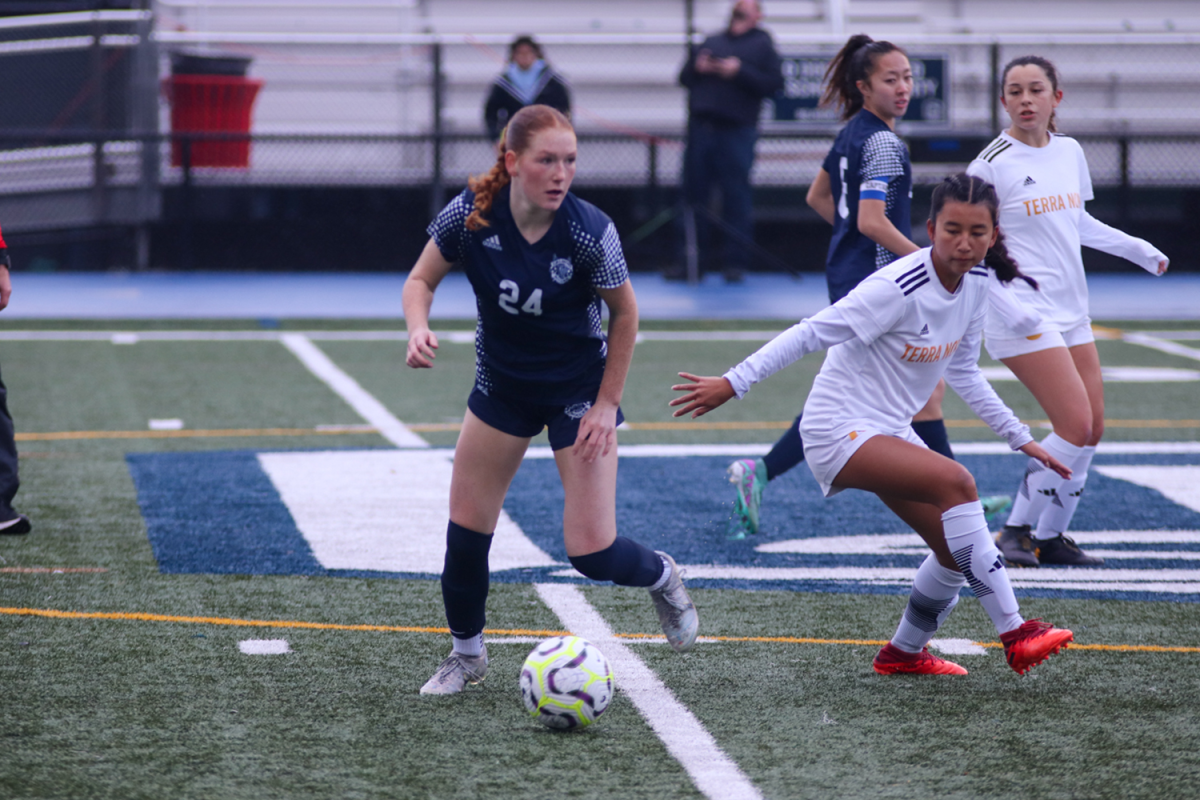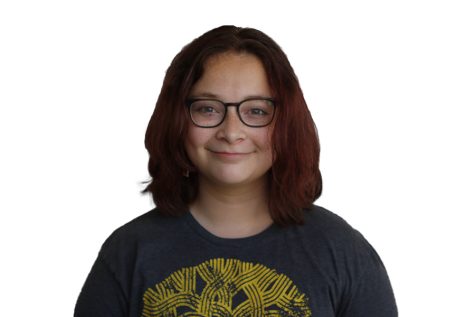As COVID-19 rates have started to slow in San Mateo County, Carlmont High School was able to use educational cohorts to open up its doors for some students.
While following the guidance of the San Mateo County Pandemic Recovery Framework, Carlmont recently opened up three educational cohorts to give students more academic support. A cohort is a stable group of students with a supervisor on campus. It stays together for all of its campus activities and tries to avoid contact with other groups.
The educational cohorts, which began the week of Oct. 19, have two academically driven cohorts that only meet on Wednesdays and one technologically driven cohort that meets every day.
Since there was a limit to the number of academic cohorts, the administration prioritized specific students who needed on-campus support. Grant Steunenberg, administrative vice-principal (AVP) for freshmen and juniors, explained which students they prioritized and how each cohort is formatted.
“[We] broke our decision making up into two groups; 12th-grade students who were needing academic support because it could jeopardize their ability to reach graduation, and ninth-grade students who needed academic support and found the distance learning environment challenging in their transition from middle school to high school,” Steunenberg said. “We also have another cohort for students who have difficulty with connectivity […] [so they can] come to school to have a more quiet place to focus and study.”
Once students are allowed to come to campus for the cohorts, there are precautions to reduce the possible spread of COVID-19. Principal Ralph Crame described the process of allowing staff and students onto campus.
“[Everyone] checks in down by the Scots Gym, their temperature is taken, and they have to answer specific questions … to make sure that they have not been in contact with anybody, and to make sure that they don’t have symptoms themselves,” Crame said. “Once they go through that clearance process […] they’re given a pass, there’s hand sanitizer for them to clean their hands, [and] the pass allows them to get into the room where the teacher is.
Once inside the classroom, there are additional protections in place. Ricardo García, Carlmont Spanish teacher and supervisor of one of the cohorts, explained the precautions there are once students are in the classroom.
“[Everyone has] to keep their masks on, [and] at each desk there is a plexiglass shield, […] then all the desks are 6 feet apart,” García said. “When we do have meals, we eat outside, wash [our] hands before and after, [and have] only one student at a time in the restroom.”
García also noted how helpful the cohort environment is for students that need extra support.
“I’ve been a teacher for a long time, and I’ve never seen kids so happy to be at school,” García said. “I think anytime you can support kids that are struggling, and then to see the impact from giving them the tools to be successful with, [like] a stable internet line, computer, place to study, [and] a nutritious warm meal. Even just some human interaction is always beneficial.”
Other forms of human interaction on campus occur in sports cohorts, which follows similar guidelines as educational cohorts. A participant in one of the sports cohorts commented on the benefits of being around other students.
“It’s definitely [been] very helpful. It’s a great environment, everyone is so sweet and kind […] and it makes you feel like you have a lot more support,” the participant said. “Even if [we have] to be six feet [apart], and in masks, we still get to talk and do stuff together, so I think it’s still a really good opportunity.”
Looking forward, the administration is also looking at the idea of having social cohorts on campus to encourage more social interaction. Crame noted the difficulties teens face with experiences of social isolation while at home.
“I know that we’re all feeling the negative effects of being isolated and not having as much human contact as we normally do,” Crame said. “We’re going to see how we can implement some more social cohorts, so students are starting to get out of this social isolation routine and just getting up, getting out of bed, taking a shower, brushing your teeth, and coming to school.”
Although there are goals for developing social cohorts in the future, some setbacks like limited staffing and other logistical challenges have made it difficult to have a definitive time frame. Steunenberg also noted how this year’s constant uncertainty makes planning a challenge.
“I think there’s one thing we’re all learning; it’s that we are at the whim of COVID-19, and 2020 especially,” Steunenberg said. “We can plan and put together a process that we want to go through […] then it all gets cast into the wind, and we have to start over.”

